We spotted this brilliant, five-minute video the other day: Ever wonder what they’d notice? It features Annie Fetter. She’s at a conference about teaching maths but her insight applies in so many other places.
She tells a story of how a child on a plane was pointing at things in the night sky. He was eagerly asking his father what they were. After a while, dad tired of answering his son’s questions and Annie took over. But instead of telling the child, she switched to asking, “what do you think it is?” The result was a whole different experience for the child (and a life lesson for the boy’s father, as he admits to Fetter after they land.)
She goes on to show how you can create a completely different appetite for learning by not posing problems. Instead, you give part of the information – without stating the specific problem – and ask what people notice.
It generates all sorts of conversations that arouse wonder and curiosity.
There’s something quite profound about this insight for anyone who gets tempted to teach people things, in all sorts of contexts. If you present problems, you easily narrow the field of learning and increase stress and competitiveness. Change the frame to noticing and wondering, and all sorts of enquiry and playfulness can happen.
These days we are so often beguiled into thinking there are easy answers and that we know the right questions, that we may be losing the capacity to sit with uncertainty and curiosity. We think it’s worth cultivating – in ourselves, and in our interactions with others.
We also learnt something from our friend, Lea McInerney, who came to our last cocktail conversation. She shared the origins of the word curiosity. It seems it’s at least partly rooted in the idea of care – feeling concern and empathy. So it’s not just about wanting to know and finding out, it’s bound up with relating to each other as humans. It feels like a good reminder to us when facilitating: it’s not just about swapping information with each other. Connecting is just as important.
